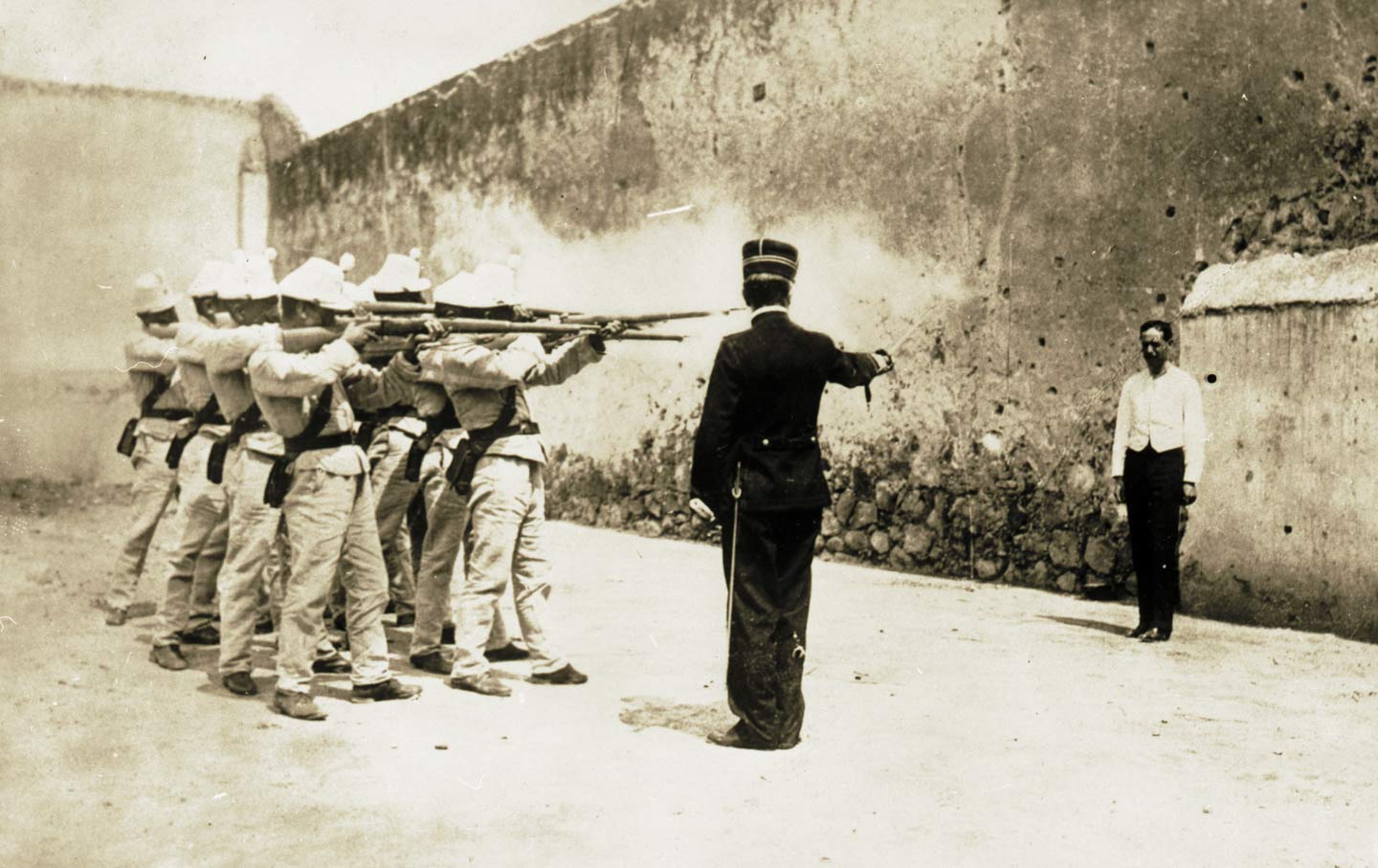
Ever wondered about the history and facts surrounding the firing squad? This method of execution has a long, complex history that spans centuries and continents. From its origins in military justice to its use in modern times, the firing squad has been both a symbol of discipline and a subject of controversy. Why was it chosen over other methods? What are the procedures involved? How do different countries view and implement it? In this blog post, we'll delve into 18 intriguing facts about the firing squad, shedding light on its historical significance, procedural details, and the ethical debates it sparks. Buckle up for a journey through time and across borders as we explore this grim yet fascinating topic.
The History of Firing Squads
Firing squads have a long and complex history. They have been used as a method of execution for centuries, often during times of war or political upheaval.
-
Ancient Roots: The concept of executing someone by a group of shooters dates back to ancient times. It was seen as a more honorable way to die compared to other methods.
-
Military Origins: Firing squads were commonly used in the military to execute soldiers who committed serious offenses like desertion or treason.
-
Public Spectacle: In the past, executions by firing squad were often public events, meant to serve as a deterrent to others.
How Firing Squads Work
Understanding the mechanics behind a firing squad can shed light on why this method has persisted through the ages.
-
The Line-Up: Typically, a firing squad consists of multiple shooters, usually between five and twelve, who aim at the condemned person.
-
Blank Rounds: To alleviate the psychological burden on the shooters, one or more rifles are often loaded with blank rounds. This way, no one knows who fired the fatal shot.
-
Targeting: The shooters are usually instructed to aim at the heart to ensure a quick death.
Legal and Ethical Considerations
The use of firing squads raises numerous legal and ethical questions, especially in modern times.
-
Legal Status: In some countries, firing squads are still a legal method of execution, while in others, they have been abolished.
-
Human Rights: Critics argue that firing squads are a cruel and inhumane form of punishment, violating basic human rights.
-
Last Requests: Condemned individuals are often granted last requests, which can include choosing the method of execution.
Famous Cases
Several high-profile executions by firing squad have captured public attention over the years.
-
Eddie Slovik: The only American soldier executed for desertion since the Civil War, Eddie Slovik was shot by a firing squad in 1945.
-
Che Guevara: The revolutionary leader was executed by a Bolivian firing squad in 1967, a moment that has been widely documented and debated.
-
Mata Hari: The famous spy was executed by a French firing squad in 1917, accused of espionage during World War I.
Modern-Day Usage
Despite advancements in technology and changes in societal attitudes, firing squads are still used in some parts of the world.
-
United States: While rare, some states like Utah still allow execution by firing squad as an option.
-
North Korea: Reports suggest that firing squads are frequently used for executions, often for political reasons.
-
Indonesia: Drug traffickers and other serious offenders have been executed by firing squad, sparking international controversy.
Psychological Impact
The psychological toll on both the condemned and the shooters is significant and often overlooked.
-
Shooter's Burden: Even with the use of blank rounds, many shooters experience long-term psychological effects, including PTSD.
-
Condemned's Perspective: Knowing the exact moment of death can be a source of immense stress and anxiety for the person facing the firing squad.
-
Witnesses: Those who witness executions, including family members and officials, can also suffer from emotional and psychological trauma.
Final Thoughts on Firing Squads
Firing squads have a long, complex history. They’ve been used for centuries as a method of execution, often seen as more honorable than other means. Despite their grim nature, they’ve played significant roles in military and civilian justice systems. The process involves multiple shooters to ensure the condemned’s quick death, with one rifle usually loaded with a blank to ease the shooters' conscience.
Modern times see fewer firing squads, with many countries opting for other methods or abolishing the death penalty altogether. However, some places still use them, citing reasons like tradition or perceived humanity. Understanding the facts about firing squads helps us grasp the broader context of capital punishment and its evolution.
Whether you view them as a necessary evil or a relic of the past, firing squads remain a fascinating, if morbid, part of human history.
Was this page helpful?
Our commitment to delivering trustworthy and engaging content is at the heart of what we do. Each fact on our site is contributed by real users like you, bringing a wealth of diverse insights and information. To ensure the highest standards of accuracy and reliability, our dedicated editors meticulously review each submission. This process guarantees that the facts we share are not only fascinating but also credible. Trust in our commitment to quality and authenticity as you explore and learn with us.


